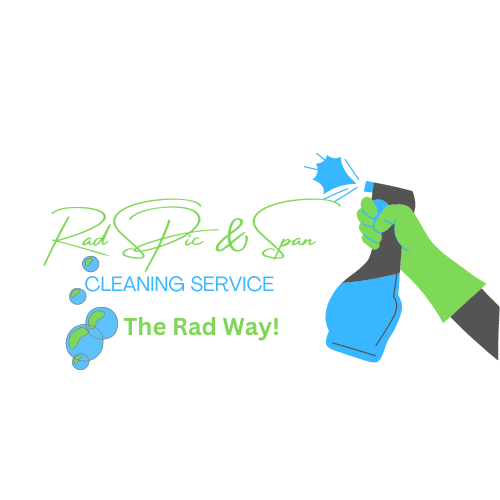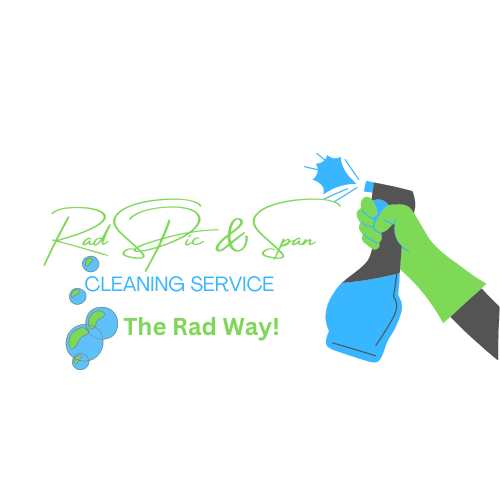In today’s fast-paced world, shared commercial spaces such as offices, co-working locations, and meeting rooms are increasingly common. These environments offer their unique set of challenges, particularly when it comes to maintaining cleanliness and hygiene. With numerous individuals sharing the same space, the risk of contamination and illness increases, emphasizing the need to keep shared spaces clean and healthy.
Cleanliness and hygiene in shared commercial spaces go beyond merely giving a good impression. A well-maintained environment directly impacts employee health, productivity, and satisfaction. A clean workspace can also help reduce absenteeism due to illness, saving businesses time and money in the long run.
Developing a cleaning strategy for shared commercial spaces includes several crucial components, such as implementing a cleaning schedule, ensuring regular cleaning of high-touch surfaces and shared areas, promoting personal responsibility and hygiene practices among employees, and providing the necessary resources to support day-to-day cleanliness.
This blog aims to provide practical tips and insights for maintaining cleanliness and hygiene in shared commercial spaces. We will discuss the importance of having a clean work environment, guidelines for developing and implementing a cleaning schedule, ways to encourage personal responsibility and hygiene practices among employees, and strategies for handling specific challenges related to shared spaces such as kitchens, restrooms, and meeting rooms.
Additionally, we will explore how fostering a clean and tidy company culture can contribute to a better work environment and how professional cleaning services can keep shared commercial spaces looking and feeling their best.
By following the recommendations in this blog, you can create a workspace that benefits your employees and your business, ultimately leading to a healthier, more productive environment.
Developing and Implementing a Cleaning Schedule
One of the critical elements of maintaining a clean and hygienic shared workspace is having a regular cleaning schedule. This routine helps ensure that all areas receive the necessary attention and that no area is overlooked. To create an effective cleaning schedule, follow these steps:
- Assess Your Space: Walkthrough your shared commercial space and list all areas that require cleaning, noting high-traffic and high-touch spots that may require more frequent attention.
- Determine the Frequency: Decide how often each area needs to be cleaned, keeping in mind the nature of your business and the specific needs of each space.
- Assign Responsibilities: Delegate cleaning tasks to team members or janitorial staff, ensuring all areas are covered and assigning extra attention to high-traffic zones.
- Monitor Progress: Regularly review the cleaning schedule, making adjustments to address any issues and maintain a clean workspace.
Encouraging Personal Responsibility and Hygiene Practices Among Employees
Maintaining a clean and healthy shared commercial space requires the commitment and involvement of everyone working there. Encourage employees to take personal responsibility for cleanliness and hygiene with the following strategies:
- Communicate Expectations: Clearly explain the importance of maintaining a clean workspace and communicate cleanliness expectations to employees, including any specific rules or guidelines.
- Provide Resources: Ensure employees have easy access to cleaning supplies, hand sanitizers, and disposable wipes for their personal work areas and any shared items.
- Lead By Example: Managers and supervisors should model good hygiene practices and cleanliness to establish a positive company culture.
- Recognize and Reward: Acknowledge and reward employees or teams that maintain a clean workspace and consistently follow cleanliness guidelines.
Guidelines for Cleaning High-Touch Surfaces and Shared Areas
High-touch surfaces and shared areas in commercial spaces can harbor germs and bacteria, increasing the risk of illness among employees. Regularly disinfecting these areas can help prevent the spread of infection. Be sure to clean and disinfect these critical spots:
- Door handles and push plates
- Light switches and power outlets
- Desks, chairs, and other office furniture
- Shared equipment, such as phones, keyboards, and computer mice
- Breakroom appliances, including refrigerators, microwaves, and coffee makers
- Restroom fixtures, such as faucets, toilet flush handles, and soap dispensers
When cleaning high-touch surfaces and shared areas, use appropriate cleaning products and follow manufacturer guidelines to ensure adequate disinfection and the preservation of surfaces.
Handling Challenges in Shared Spaces: Kitchens, Restrooms, and Meeting Rooms
Certain shared areas present unique challenges when it comes to maintaining cleanliness. These spaces often contain multiple high-touch surfaces and experience frequent use, requiring more attention and care when cleaning.
- Kitchens: In shared kitchens, regularly clean and disinfect countertops, sinks, appliances, and cupboard handles. Encourage employees to clean up after themselves, wash their dishes, and properly store their food to minimize clutter and the potential for bacterial growth.
- Restrooms: Shared restrooms should receive regular, thorough cleaning, including disinfecting toilets, sinks, and floors. Provide hand soap, towels, and toilet paper to encourage employee hygiene.
- Meeting Rooms: Meeting rooms should be cleaned after each use, with special attention given to high-touch surfaces such as conference tables, chairs, and shared devices like remote controls and presentation equipment. Encourage employees to clean the meeting room after use to maintain a clean and professional environment.
Fostering a Clean and Tidy Company Culture
To create a long-lasting impact on workplace cleanliness and hygiene, consider implementing a company culture that prioritizes cleanliness. Encourage open dialogue about maintaining a clean workspace and involve employees in creating cleanliness strategies to foster a sense of ownership and commitment.
Hiring A Commercial Cleaning Service
When it comes to maintaining shared commercial spaces, hiring a commercial cleaning service is one of the most effective ways to ensure the environment is kept clean and safe for everyone.
When considering a commercial cleaning service, it is essential to find one that is experienced, reliable, and trustworthy. Ask for references from previous customers and inquire about the services they offer. In addition, you should ask about their training and certification and whether they are insured and bonded.
The quality of the service is also important. Make sure the company you choose provides detailed cleaning plans that include all areas of the shared space, from floors to windows, and that they use high-quality cleaning products that are safe for the environment.
Conclusion
Maintaining a clean and hygienic shared commercial space is essential to ensuring employees’ health, productivity, and satisfaction. By developing a cleaning schedule, encouraging personal responsibility among employees, and addressing high-touch surfaces and shared areas, you can create a workspace that benefits both employees and your business.
Moreover, hiring a commercial cleaning service to maintain shared commercial spaces is an important step in creating a safe and healthy environment for those who use the area. A professional cleaning service for a commercial space’s cleaning needs ensures the room is clean and sanitary!
Looking for top-notch cleaning services that prioritize your needs? Look no further than Rad Spic and Span! Whether you’re in need of residential or commercial cleaning services in Carmel, our team is dedicated to providing you with the highest quality service possible. Contact us today to schedule your appointment and experience the difference for yourself!


